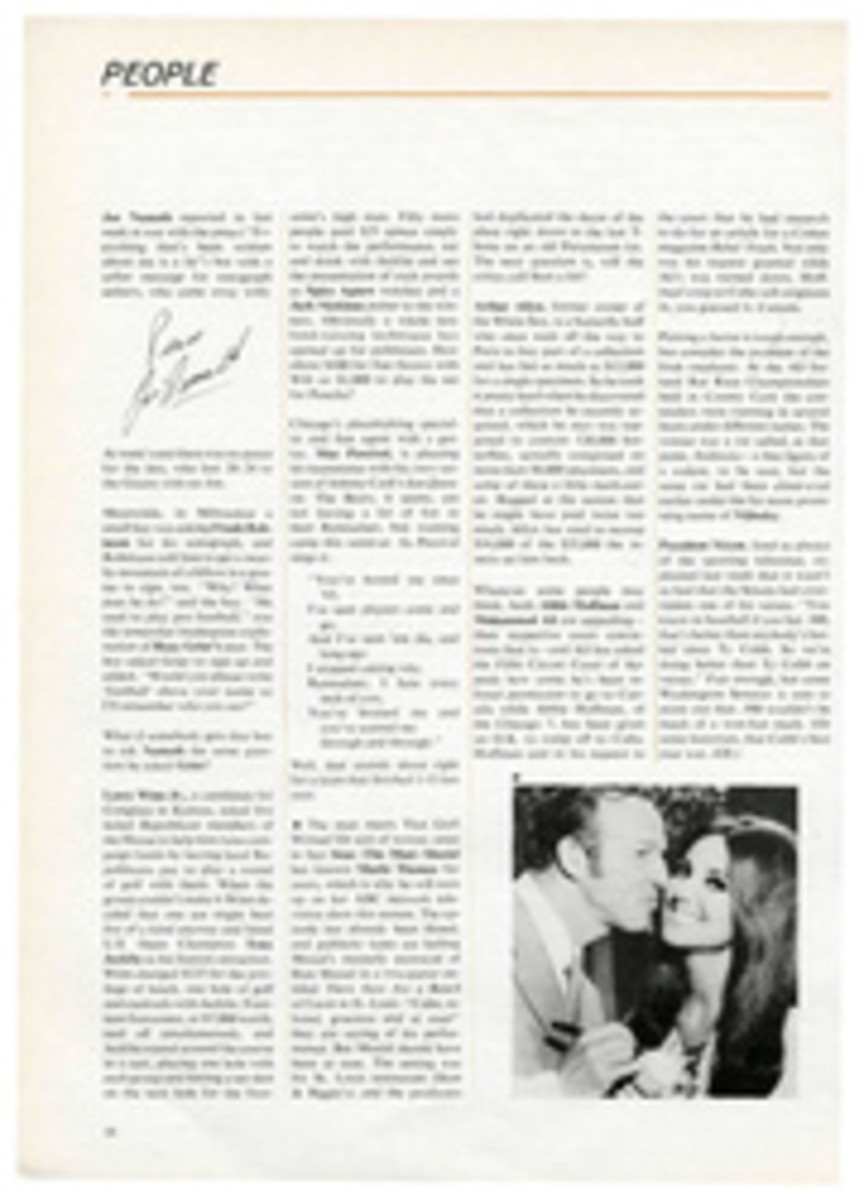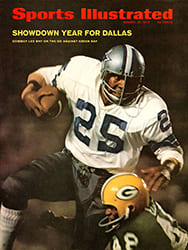
MERRILY THEY ROLLED ALONG...
It was a road race that, in the end, forced one to drag out all the old clichés: virtue is its own reward; everything comes to him who waits; beware the fury of a patient man, and so forth. Then, too, one must always expect a dropped stitch or two in the fabric of sport when an event is held in Central Park, that relative oasis tucked in the very core of bedeviled Manhattan.
For the third time in 15 years New York had won the bid for the Amateur Bicycle League's national cycling championships, and last week for a few hours the roar of the auto in the park would be replaced by the sibilant swish of the racing bike. The muggy weather was threatening and had promised and delivered rain intermittently all week, but on this third Friday in August the sky cleared and the sun touched the trees, warmed the grass and sent dogs, strolling with their owners, into frisking frenzy.
It was mostly dogs and owners who looked up with some surprise when the bikes began to wheel into the Ramble, just west of 79th Street and Fifth Avenue, at about 8:30 a.m. Champions from more than 20 states were about to compete in the prestige event of U.S. cycling, the senior men's road race. They would pedal an 18-lap course, six miles to a lap, over macadam terrain that would take them on a circular trip adding up to 108 miles, past the (on the surface, at least) sparkling 72nd Street Lake, tennis courts, Sheep Meadow, a swimming pool near Harlem dredged out of a swamp, and other unnatural scenic jewels beloved by concrete-compressed New Yorkers.
The competitors, announced an official over a public-address system, had been training for this race all year, cycling, some of them, 600 miles a week. Take Mike Carnahan, for example, the voice continued, a man so dedicated that this was his fifth try for the national title, a chemical engineer by profession but so in love with his sport that they say he built a rack on his bike to carry one or more of his four children to increase the weight as he cycled uphill. Pushing 30 Mike was, but dogged about racing. Good old Mike, and if there was just the slightest emphasis on the "old," well, there were all those fresh-faced kids from 18 to 23 or so to consider. Though James Huetter, from Amherst, N.Y., seemed to be the favorite, it could be anybody's race—Bill Best, Douglas Dale, Tom Garrity, John Howard, Stanley Swain, even Carnahan, all fine riders, all potential Olympic team material, if not prospective gold-medalists. (No hope of that; the U.S. has not won a cycling medal in the Olympics since 1912.)
"We get no financial support, no help from anyone to encourage cycling," says Al Toefield, president of the ABL. "That isn't the kind of treatment that builds Olympic teams. Frankly, this sport is hanging on by a fingernail. If it wasn't for the dedication of a few, we would disappear altogether." Nevertheless, the ABL plans to send its first women's team to the Olympics in 1976.
The dedication that holds cycling together was apparent as the competitors flashed through the first eight laps. Starting up an incline known as Cat's Paw, named for a snarling statue of a cat perched atop an enormous boulder alongside the track, the cyclists had to go up and down a road that culminates, at its steepest point, in Snake Hill, a serpentine bit of torture that twists and turns seemingly forever, then suddenly goes downgrade, then offers more ups and downs with only one straightaway stretch on which to collect wits and muscles. Surprisingly, there was only one spill in the four hours and 28 minutes it took to complete the 18 laps.
Junior riders, who competed on the preceding day, had not been so lucky. Spectators had seen a spectacular pileup in that event, with 10 bikes and 10 boys flying in all directions. There had also been one encounter with a dog, the road racer's recurring nightmare. The seniors, however, were suffering only the mundane mishaps of the sport: flat tires, an occasional damaged wheel that equipment cars quickly replaced. Bill Henderson complained that his pump had fallen off, but it was nowhere to be seen. "A mugger probably got it already," muttered one of the referees, and Henderson kept going. Traffic was closed to cars, but no one had thought to tell the drivers of the park's horse-drawn hackneys about the bike race. Their carriages, decorated with flowers and filled with tourists, clippety-clopped along as the cyclists streamed by. One racer snatched a blossom as he sped past and stuck it over his ear.
Despite such interludes, there was no doubt that the cyclists were serious as they traveled their circular rounds. The pack stayed close and tight, taking advantage of vacuums created by the wind. Racers who tried premature breakaways early in the race, rushing out front by themselves, never managed more than a 20-or 30-second lead. If you dared stray from the fold, you were soon caught. Good old Mike Carnahan was nowhere to be seen. Much of the time the leading cyclists seemed to be playing yo-yo, with first one contender taking the lead, then dropping back, up and back, up and back, a deliberate strategy to keep pace in spite of the wind resistance that inevitably slows the leader. Then, with six laps left, the racers got down to the serious business of breaking away for home.
By now spectators were cheering all the leading riders indiscriminately, their rooting interest unfocused but their applause sincere. Many of them had only been strolling in the dappled light of sun and trees when it all began, and now here came a bent old man tottering over the hill that separates the rush of Fifth Avenue from the Ramble.
"Started riding myself in 1903," he announced, peering after the flying cyclists as they started off once more for Cat's Paw. "This race now is man's work, you got to train from March till the snow buries your bike. Then you put on ice skates and keep them legs toned up. Same muscles. Ice skaters cycle off season for the same reason, stay in shape. Even that champeen girl, Miss Nancy Fancy [Peggy Fleming], cycles when she ain't skating. Said so."
When the pack returned some 14 minutes later, the old man was still in spirited converse with himself. "What are those two boys doing so far out in front with five laps to go? Can't never hold that pace, ought to know better. Well, life is full of people who burn themselves out early, can't be helped. Now, your good riders are right in there with the pack, somewheres up front, waiting for the right time to make their move. There's where your winner is."
Mike Carnahan first jumped his wheel out of the pack with three laps to go, and a fellow New Yorker named Edward Parrott clung to his tail. The two paced each other nearly to the end, with Stanley Swain, Mike Levonas and Doug Dale giving furious chase. Then the 29-year-old Carnahan sprinted for the wire, with the tall, skinny Levonas trying in vain to catch Carnahan and shake Dale. Swain dropped away, still ahead of Parrott, who visibly was pooped. And it was over.
Carnahan, a winner at last and unfamiliar with the role, smiled sheepishly as cameras clicked. His jersey, faded and dusty, was an indeterminate gray-blue, his face was streaked with sweat. He took the bouquet of roses someone gave him and quickly handed them to his wife. More pictures, this time with the grinning runner-up, Levonas, and Dale.
"I could have come in second if I had tightened my pedal clip," said Dale, without rancor. "I loosened it when my foot got numb. I didn't think, but that's what wins or loses a bike race."
The sun, still shining bright over Central Park, was already wilting the roses. The old man moved slowly off toward Fifth Avenue. "Brains don't hurt none," he snorted.
PHOTO

